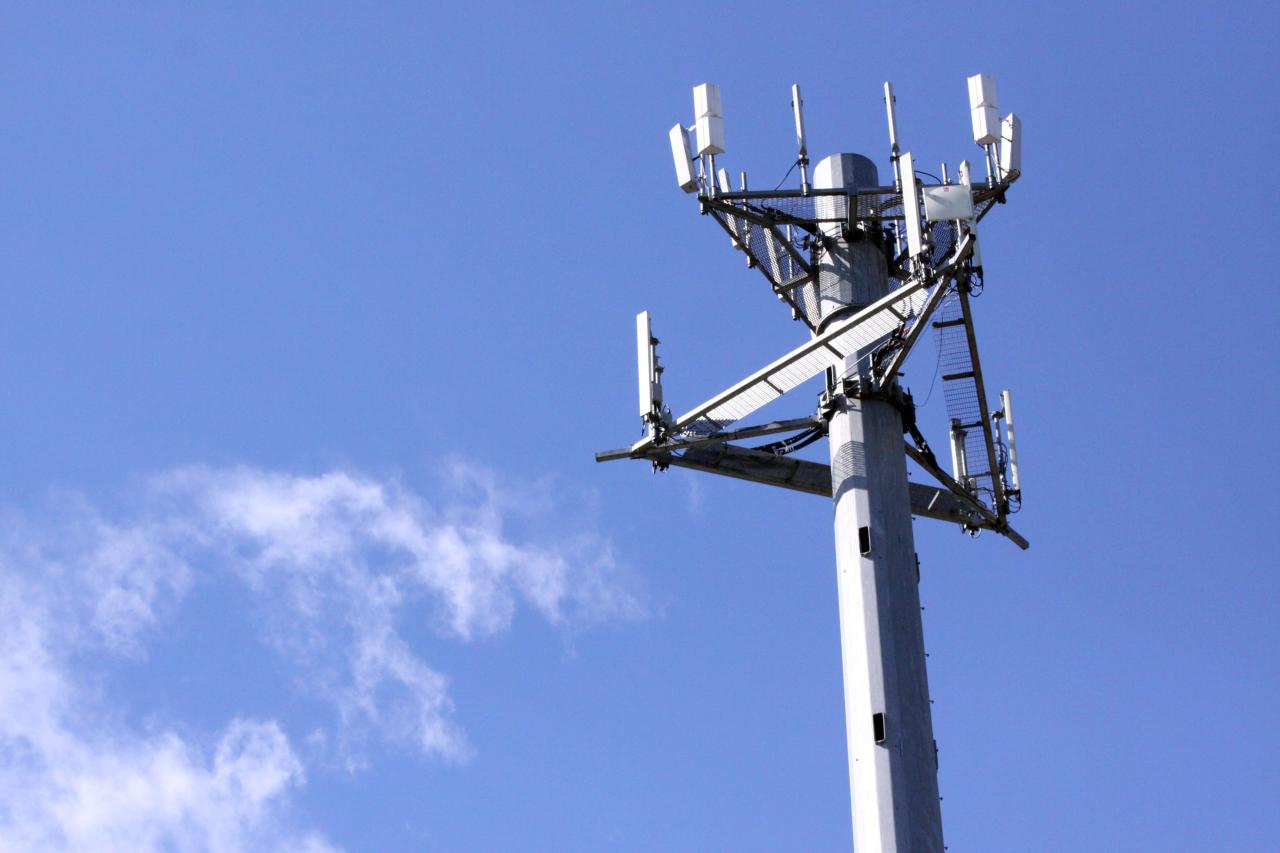
This is the second in our Spectrum series, covering the basics of wireless networks. Read the first section before this one.
Quick refresher.
Spectrum – the wireless pipe, invisible infrastructure or radio waves – is the first necessary component for mobile communications. Without it and equipment to harness its capability, mobile communications in its myriad forms doesn’t happen. But having some spectrum isn’t always enough: wireless carriers need a bunch of it to offer things like YouTube, streaming TV, interactive games and other bandwidth-hungry applications.
Just like in the wireline world, where a bigger pipe nets faster speeds and more capacity and thus the ability to watch YouTube, Netflix or Shomi with minimal stutter, the same holds true in the wireless world. More spectrum – measured in megahertz or MHz – is better, and a carrier with 40 MHz of spectrum can offer faster speeds and has more capacity to offer bandwidth intensive application than does a carrier with 20 MHz.
So having more spectrum is better, but how much is enough? What is the amount of spectrum a wireless carrier needs to have to offer its customers a plethora of mobile services including high-bandwidth applications such as YouTube, mobile TV and others?
There is no easy answer.
As Johanne Lemay, co-president at communications consulting firm Lemay-Yates Associates, explains, the ability of a wireless carrier to offer fast and high capacity mobile services depends on a number of factors. These include the number of users on the network at any one time, in any one area, what those customers are doing with mobile device, the number of antennas making up the network, among others.
Despite the many factors determining the amount of spectrum required to offer high speed and bandwidth intensive mobile services, carriers generally need a relatively large amount to offer these services. (As a note, advertising from the wireless carriers talk about LTE which stands for Long Term Evolution. Essentially it’s the designation for the fastest network available and enables carries to offer their customers the richest mobile experience possible.)
Lemay suggests that a new entrant interested introducing LTE would need at least 40 MHz. Wind Mobile has said it can do with it less. The company said, after winning 30 MHz of spectrum in the AWS-3 auction, that it now had enough spectrum to launch LTE.
So why can Wind now launch LTE services? First, the company only had 10 MHz of spectrum in most parts of the country, with the exception of southern Ontario where it had 20 MHz. As well, the vast majority of that spectrum, if not all of it, is being used to run its existing 3G services.
As Mark Goldberg, a telecom and wireless industry expert, explains, some of the new entrants didn’t have enough spectrum to introduce LTE.
“For example say you only had 10 MHz of spectrum and you’re running it on HSPA (that’s industry jargon for second fastest wireless network) and all you had was the 10 MHz then you don’t have anything to light up with LTE,” he says in an interview.
This is the reason why new entrants such as Wind participated in the AWS-3 auction. To introduce LTE, the company needed more spectrum.
The answer to question, How much spectrum is enough, will always be ‘More is better’. The reason is because what’s sufficient today may not be in two years and certainly won’t be in five years. So while the AWS-3 auction may have satisfied new entrants’ need for more spectrum to launch LTE or bolster existing LTE services, new, faster and more bandwidth hogging applications are always on the horizon and consumers will always want them.
But as new entrants have long complained, the Big Three have been given a head start on spectrum. They have tremendous amounts – about twice as much as US carriers do serving considerable larger subscriber bases. So what can new entrants do to combat this problem?
MobileSyrup may earn a commission from purchases made via our links, which helps fund the journalism we provide free on our website. These links do not influence our editorial content. Support us here.


